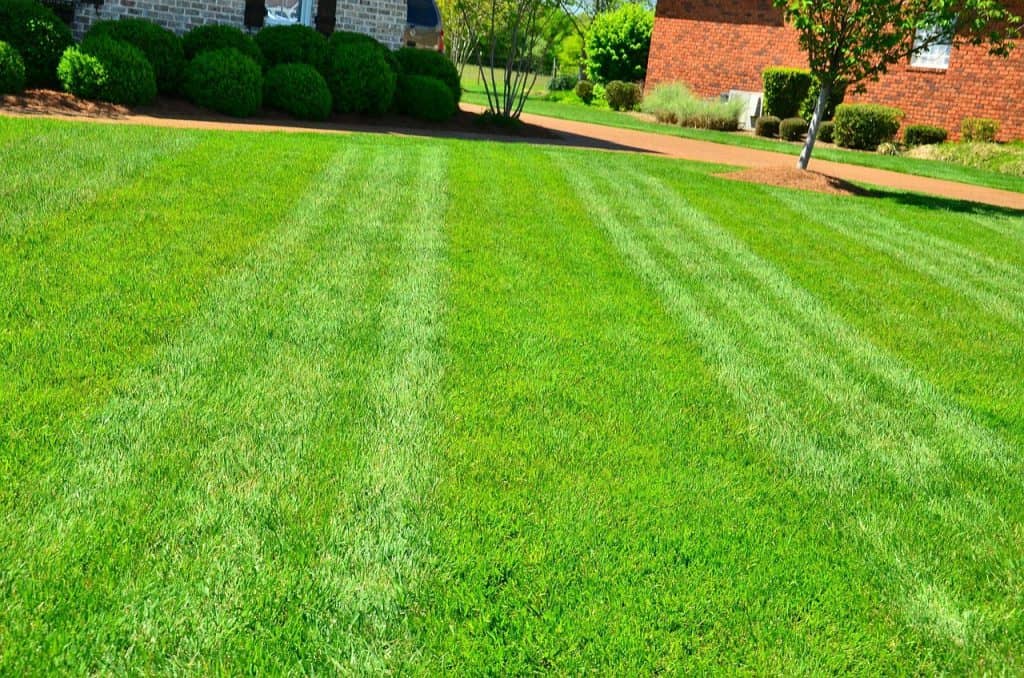Source: https://pixabay.com/en/lawn-care-lawn-maintenance-643563/
Winter might have taken its toll on your lawn but with the return of the spring, you have the best chance to undo the damages the frost has caused you grass and plants. It is a well-known fact that plant leaves, tree limbs as well as other debris littered your lawn. Without getting rid of them, chances are that your lawn will not be as lush as you might want it to be during the spring. So, what is the best thing to do? Well, it boils down on how well you prepare your lawn for spring.
Here are practical tips for preparing a lawn for spring:
1 – Assess your lawn for bare spots
Bare sports will be there after the snow has melted away. They may result from snow removal, surface runoff, or salt runoff caused by snowmelt. Take time and plant grass seeds on bare spot early in the season to improve the appearance of your lawn.
2 – Aerate your lawn
Aeration is a vital step when it comes to preparing your lawn for spring. This process will loosen compacted soil and delivers oxygen to the root structures of your plants.
3 – Add fertilizer (organic if possible)
Depending on the species or type of grass you have on your lawn, you will need to apply a suitable fertilizer to provide your lawn with adequate nutrition to jump-start grass growth in spring. A good recommendation is to use an organic plant food or just a light inorganic fertilizer. Fertilize your lawn such that you are finished just before the hotter months arrive.
4 – Create a lawn watering plan
The lawn needs adequate water if it has to remain lush green during the summer months. This way, you will need to set up a watering schedule. The amount of water your grass needs depends on its type but most will require about an inch of water each week. Set up a rain gauge if possible to help you know how much water the lawn receivers from rainfall and from your sprinkler system.
5 – Mow the lawn appropriately
Experts recommend that you mow your lawn a little bit higher (3 inches or higher) after winter to ensure they remain green.Take time to tune-up your string trimmer and lawn mower. Maintain higher mow heights will also help maintain the lawn healthy even if it fails to receive enough water.
RELATED: Best Weed Eater Reviews


